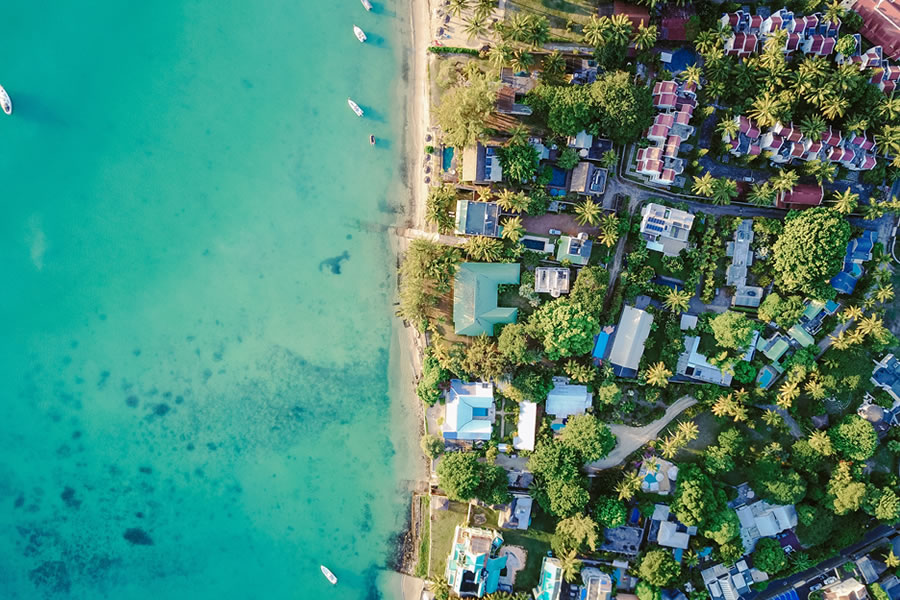🌊 What is Coastal Resilience and Why is it Important to Implement?

The post is developed in partnership with BetterHelp.
It is common knowledge that you need resilience to achieve great things. While genetics and practice play a role in success, resilience is also beneficial for individuals such as professional swimmers and finswimmers.
However, how can resilience benefit our oceans and homes? We need determination in more aspects than just professional sports and mental health. Many researchers claim we need to implement something known as coastal resilience. Keep reading to learn more about coastal resilience and why we need to implement it as soon as possible.
What is Resilience?
Resilience is your ability to withstand life’s challenges and your ability to overcome adversity. In many ways, resilience plays a large role in our mental health, as well as our everyday lives. When faced with a dilemma or stressful circumstance, someone with great resilience will be able to devise a thorough plan for navigating their circumstance. Someone with little to no resilience will be unable to move forward.
In other words, resilience within a person is their adaptability and strength. A person who can adapt easily to various situations is often a happier, more optimistic person. Those who do not adapt easily are often pessimistic and will experience mental health concerns such as depression, chronic stress, and anxiety.
What is Coastal Resilience?
According to the National Ocean Service (NOAA), “Coastal resilience means building the ability of a community to “bounce back” after hazardous events such as hurricanes, coastal storms, and flooding – rather than simply reacting to impacts.”
To have coastal resilience means to have the ability and strength to overcome natural disasters and ocean-related stressors. For example, a town that has coastal resilience will be equipped and prepared when disasters strike. Not only will they be prepared for disaster, but they will quickly recover from a disaster as well.
How Can You Build It and Why is it Important to Implement?
Recognize Your Communities Weaknesses and Prepare
If your home or community is located below sea level or in a flood-risk area, you must prepare for possible damages. Contact your local leaders or science museum to learn more about the pitfalls and dangers of your town location. Once you learn more about where the problems are, you can better prepare for possible circumstances. For example, if your local library is in a potential flood-risk area, talk to someone about digging trenches, providing sandbags, or assigning personnel to the library. By finding someone willing to help, you could save your town’s written collections! Being fully prepared will provide you with the things you need to bounce back.
Learn From Your Mistakes
One of the hardest learned lessons is from our mistakes. When disaster strikes, something almost always doesn’t go to plan. This is true for just everyday life! That is why we should take the downfalls of our past to build a better future! For example, consider the library example once more. If your town has flooded in the past and lost many books to water damage, find a way to prevent that! Another example: if your city has experienced blackouts and there isn’t a good way to get supplies to your citizens, offer a flood preparation class. You can also provide phone calls or pamphlets to those unsure of how to prepare. Your goal should be to provide citizens with the means to withstand the risk and overcome it once its over. With patience and determination, your town can build significant coastal resilience.
Last Updated on April 25, 2022

